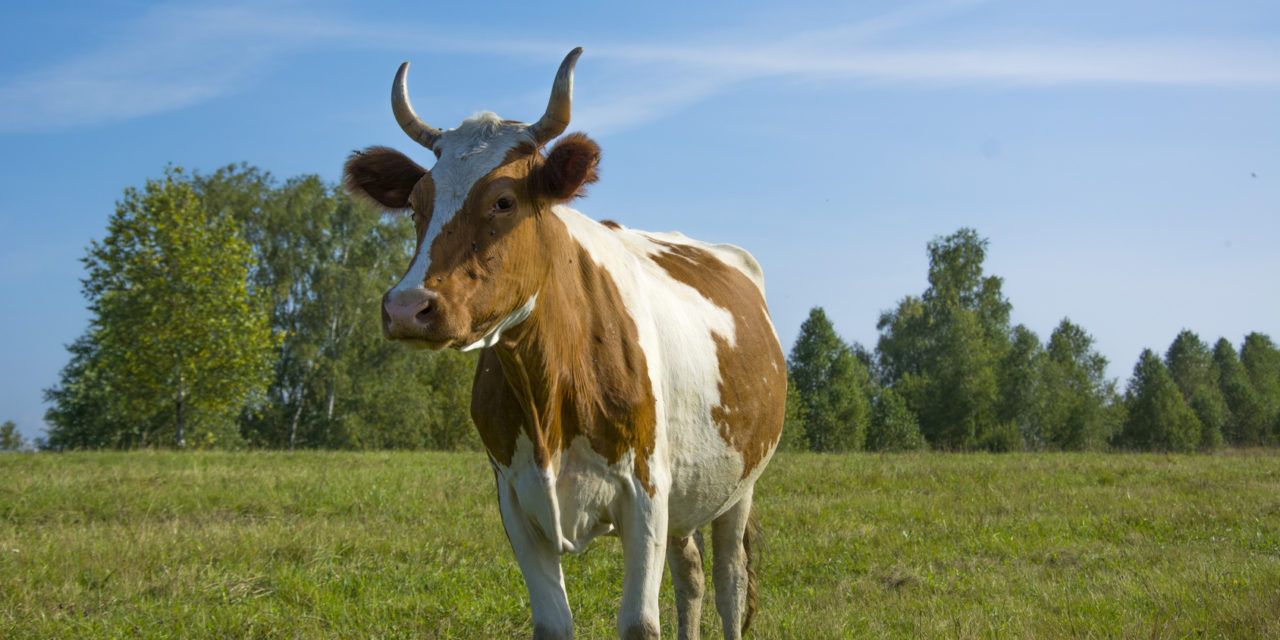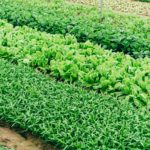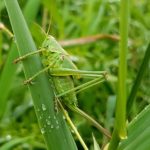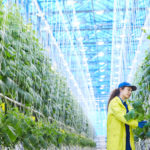Innovation has a way of winding its way around.
A few years ago a friend of mine, a fan of the rhythm method, went looking for a way to accurately track basal temperature, which is a key indicator to avoid unintended pregnancies. He and his wife came up with a solution, developed an app and started a company around it. They quickly discovered their anticipated market had doubled as couples used the app to get pregnant, not just to avoid it.
Then P&G realized the app was full of soon-to-be Pampers customers. Product market fit. The rest is history.
Next, I met an entrepreneur who made a business out of selling pig semen. They would find only the “best” pigs (Yale, Harvard, Olympic gold medals, etc) and put them to work. The operation is housed next to FedEx’s central hub in Memphis, and inside technicians place Oreo cookies on a shelf. A pig runs into the catchment area, eats the Oreo, and is serviced by a handy technician. The sample is whisked off overnight to a waiting farmer. Quite a package to open the next day. Tom Hanks was spared the humiliation. A couple hours after the Oreo experience, the pig is back for more. And so the circle of life continues.
Now I am wondering about the mating habits of cows.
Producing milk is not easy. Cows produce milk once pregnant, but cows are in heat for just a few hours each month, making pregnancy a narrow target. So, if you have a herd of 1,000 cows, timing insemination for each of them isn’t just tough, it’s nearly impossible. When humans miss a heat, they avoid spending $250k over 18 years. But when a dairy farm misses a heat, it is at least $300 per cow per year in lost income. Make cows, not love.
I am not sure if there was a massive blackout somewhere nine months ago, but iSelect has heard from five different “cow breeding” startups in the last five weeks. Why the sudden interest in cows and milk?
While we are drinking less of it in the U.S., milk is a tremendously important and growing source of protein around the world. Proof? China’s raw milk consumption nearly quadrupled from 2000 to 2006, and today the country is now the world’s third-largest producer, Globally, milk demand is going up by about 3% per year, or by about 23.1 billion liters every year.
Let’s do the math. That means we need 7.9 million more cows delivering milk next year, or 151,000 cow pregnancies each week. On average, farmers miss at least 50% of the heats each month, and there are an estimated 264 million dairy cows in the world and each missed heat costs the dairy farmer ~$111. Assuming that 20% of these dairy cows are in heat every year, this problem costs global dairy farmers almost $3 billion per year.
At iSelect, we have seen it all. A sensor that goes on a bull’s tail detecting when it swings in a “come hither” kind of way. IoT sensors that text you when the bull mounts the cow. Sensors that measure temperature or blood serum. Cameras that look into the field. Pheromone detection. Drugs that extend the heat window. Sensors that measure somatic cell counts in milk and trace bacteria back to sick cows. Wearables that measure contractions and alert farmers when cows are undergoing labor.
The breadth of this technology is gaining far more than domestic adoption: Startups we’ve spoken to have presence in up to 50 countries and are beginning to make a dent in measuring and monitoring the 2.5 billion herd animals worldwide.
I am sure there is lots of fun to be had in Silicon Valley, but I have learned a lot just by looking at cows over the last few weeks. Innovation is everywhere, once you know what to look for. For example, cows are just one part of this. Farmers also care about hens, pigs, goats, cattle, crops, etc.
While we could always use more cowbell, iSelect’s last few weeks of insemination startups has been a welcome addition to the startups we usually see.
Here’s what I am reading this week:
- Wearables Will Monitor Cows as Much as Humans: The NSA just can’t stop
- Journeys of Lactic Abstraction: A meditation on milk
- In the Moo’d?: Fujitsu creates cow odometer that alerts of arousal
- It’s Getting Hot in Here: Measuring heat, around the clock
- Raw milk is the new pot, only harder to get: Pot, Anti-Vax, Raw Milk: living on the edge
- Rawesome Foods Founder Arrested: Entrepreneurs will try anything
- The Reproductive Status of Your Dairy Herd: The reproduction numbers
- Harbor Springs solving deer woes with birth control: Planned Parenthood diversifies
- Nine months after Great Blackout of 1965, birth rate in NYC increased dramatically: More Fake News
And, more importantly:
- “Selfie” Rights for Animals: Thank God someone is doing something
For full disclosure to our investors, we have a startup that makes rubber from Russian Dandelions (breed not location). Mueller is not investigating our Russian Dandelions yet, but our diligence team is ready to turnover whatever he wants.
Let me know if you read something I’d like, or if there are other sources I should add to my weekly reading.
Of other note, on this day in 1699, the people of Rotterdam went on strike over high cost of butter.












